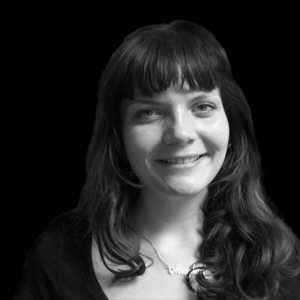Callaghan: City officials should encourage public input on future of I-81
As part of our everyday modern life, roads keep us connected between work and home, school and family, friends and loved ones. Stretching high above the center of Syracuse, some roads divide neighbors, friends and loved ones.
To combat division, plans surrounding the future of Interstate 81 must take local neighborhoods into consideration and provide ample time to voice opinions to deliberate the solutions.
The collaboration of city officials with the public is essential for the future of Syracuse. The current system is negative and caustic on the communities it divides.
The interstate affects the ones who live and work in the neighborhoods that the interstate runs through, not just commuters, travelers and the local universities.
The I-81 project addresses the elevated highway in Syracuse, including sections intertwining with Interstate 690 that date back to the 1960s. The task is daunting, as the interstate includes 183 bridges spanning across 18 roads.
Reconstruction and refurbishment of the interstate are necessary in the next four years to maintain the safety of the structure. The current viaduct system, stretching around 3.5 miles through the heart of Syracuse, is in need of repair, but may be completely reconstructed in the creation of tunneling, rerouting or, if demolished, a boulevard.
When the interstate was built in the 1960s, old immigrant and minority neighborhoods were taken over, pushed out and sectioned off from other neighborhoods, including the university. Today, people in the area deal with increased pollution, air, noise and light on a daily basis.
Cutting off the communities from other neighborhoods in the city of Syracuse has helped to speed the economic degradation of the area, including the classification as a food desert, or an area that lacks access to fresh and healthy foods, or any supermarkets at all.
This section of Syracuse, our fantastic orange in a sea of snow, is an area sectioned off in the name of the automobile. It also has the lowest numbers of automobile ownership in the city.
Environmental justice is the “fair treatment and meaningful involvement of all people regardless of race, color, national origin, or income with respect to the development, implementation, and enforcement of environmental laws, regulations, and policies,” according to the US Environmental Protection Agency.
While these Syracuse communities have dealt with environmental injustice in the past, Interstate 81 is the chance to bring environmental justice to the South Side and other surrounding sections of Syracuse.
One of such injustices has taken place right in the same neighborhoods on Midland Avenue. With an amended consent judgment by Federal courts in 1998, a lawsuit against Onondaga County forced the county to increase gray infrastructure to combat water and pollution runoff into Onondaga Lake and its tributaries.
The city decided to build a new treatment center, the Metro, on Midland Ave.
They first forced nearly 50 minority families with low socioeconomic standing out of their homes.
In our country, this is not uncommon. But it does not have to be common.
Due to the public unrest targeting the Midland Avenue neighborhood, changes were made, new politicians took reign and, in the last five years, Syracuse has made strides to uphold environmental justice tenants.
The creation of Save the Rain, a nonprofit organization, helps to reduce runoff through green infrastructure and without the need to build more Metro plants.
The reconstruction and refurbishment of I-81 is a continuation. The city and its public need to work off what has come before to make better changes for the communities across the interstate to the west.
Voices must be heard to make the city a better place for all.
Meg Callaghan is a senior environmental studies major at SUNY-ESF. Her column appears weekly. She can be reached at mlcallag@syr.edu.
Published on October 29, 2013 at 1:17 am







